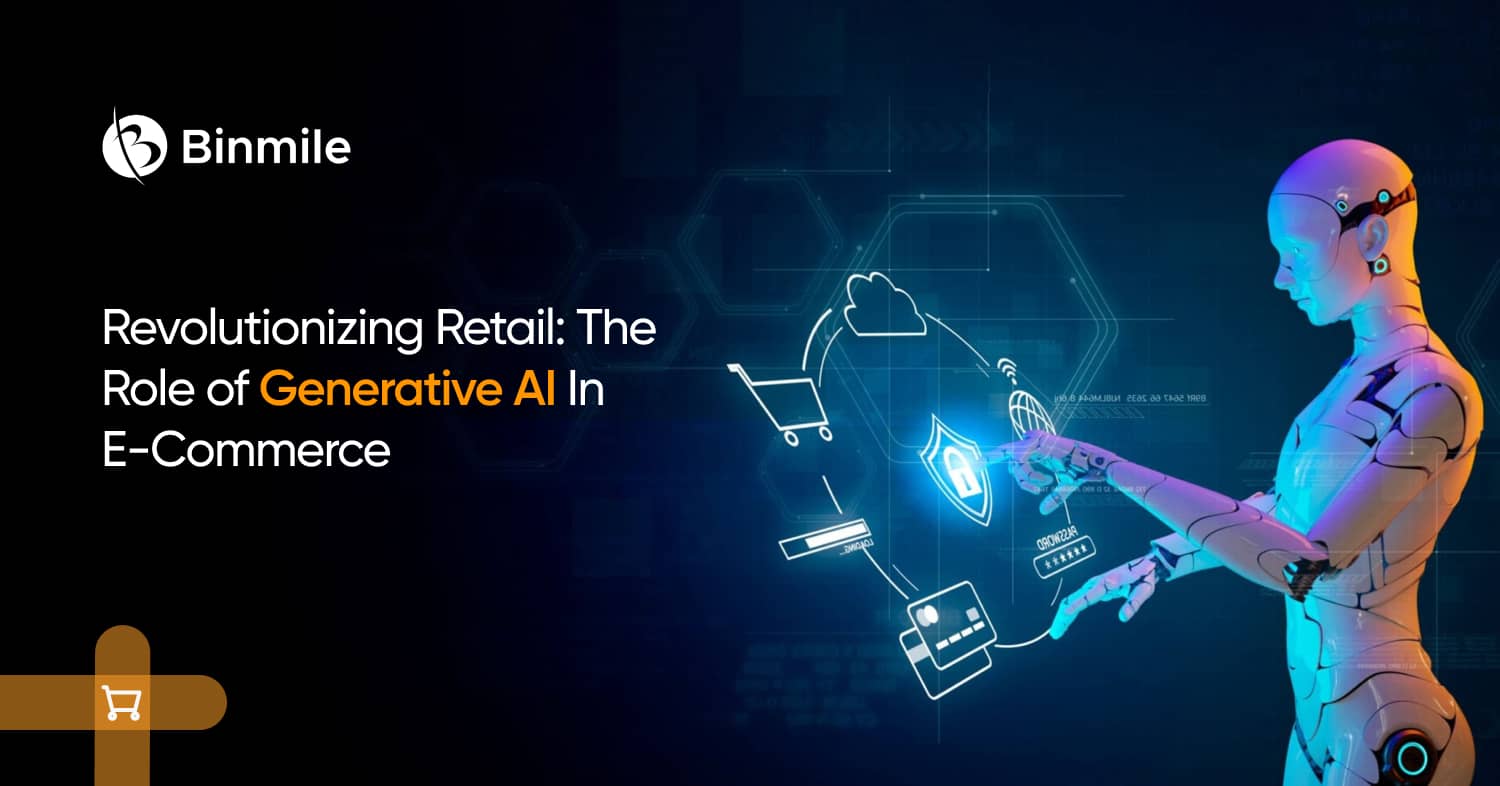
Hippocratic AI: Revolutionizing Healthcare with Generative AI
The healthcare industry is on the cusp of a revolution, thanks to the innovative efforts of Hippocratic AI. This pioneering company has commenced beta testing for what it claims to be the world’s first generative artificial intelligence (AI)-powered healthcare provider. This platform is built upon a safety-focused Large Language Model (LLM) specifically designed for healthcare applications.
 Healthcare professionals will spearhead the testing process within each participating health system and company.
Healthcare professionals will spearhead the testing process within each participating health system and company.
The LLM has already surpassed GPT-4 in over 100 healthcare certifications, a feat attributed to its healthcare-specific vocabulary training and the use of reinforcement learning with human feedback (RLHF) from healthcare professionals. This beta testing phase will focus on voice-based, patient-facing, non-diagnostic applications, with an emphasis on ensuring safety and efficacy before general release.
“The goal is to verify the accuracy and safety of the AI’s performance in these critical healthcare workflows.” - Hippocratic AI
The beta testing partners have identified several key areas for initial evaluation, such as chronic care management and post-discharge follow-up for conditions like congestive heart failure and kidney disease. This testing will also cover wellness surveys, health risk assessments, and pre-operative outreach.
Retrieval Augmented Generation (RAG) has been gaining popularity, and it’s easy to see why. LLMs are great at many tasks, but we know they can’t access knowledge that they haven’t learned in the training process and they make up things when they don’t know much like humans. But it turns out, we can make LLMs do better without having to retrain them.
 RAG has been all the rage of late.
RAG has been all the rage of late.
In recent papers, we’ve seen the potential of RAG in enhancing the capabilities of LLMs. By combining the strengths of LLMs with the power of retrieval, we can create more accurate and informative models.
The Rise of Open Source LLMs
In the world of generative AI, open source foundation models are gaining traction. These models are already replacing proprietary models by providers, such as OpenAI, in many applications. The competitive edge of open source LLMs lies in their flexibility, customizability, and community-driven development.
 Open source LLMs are becoming increasingly popular in generative AI applications.
Open source LLMs are becoming increasingly popular in generative AI applications.
As we move forward in this exciting era of AI innovation, it’s essential to recognize the potential of open source LLMs in shaping the future of healthcare and beyond.















